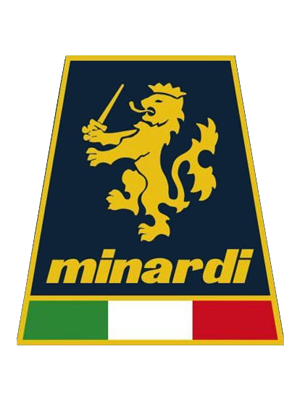F.1 – Gian Carlo Minardi: “Art. 23.12 of regulation has to be modified”
In about one week (March 28th – 29th) the Malaysian circuit of Sepang will host the second round of F1 World Championship. It will be the seventeenth edition of the Malaysian Grand Prix, whose “first” edition dates back to 1999, with the victory of Eddie Irvine of Ferrari ahead of Michael Schumacher.
All the teams will certainly have had the opportunity to analyse and study maniacally all data collected during the weekend opening in Australia, with the intent to make corrections to improve cars’ performances to get the best result both in Qualifying and in the race. The other focus points will be strategies and also work at the pit stop. In Ferrari, this latter point will be the subject of scrupulous meetings, to find the cause of the problem to the left rear wheel that led Raikkonen to retire at the 40th lap.
Ferrari and the driver have been relieved of any penalties (to serve in the next Grand Prix), because the DS Massimo Rivola has shown that the origin of the problem resulted from an erroneous manoeuvre realising the clutch by Kimi. There was backlash on the wheel, while the mechanic was in action on the tyre, making the thread of hub holder seize up and preventing the old tyre replacement. Then, the car was no longer not in compliance with regulations. Therefore the decision to stop immediately Kimi was correct. TV programs have focused their attention inside the box, filming the DS Rivola, Ferrari’s mechanic and FIA Commissioner Kristensen, talking about what happened. We can assume that the explanation of Rivola, expert in regulations who has avoided penalties to Ferrari on other occasions, was crucial to let the possible “Competitor Responsibility” fall down for technical reasons, which would have penalized the Finn in Malaysia.
For this reason, I remember what says the regulation and the risk of penalties to which the driver was subtracted.
ART. 23.12:
a) It is responsibility of the competitor to let his own car restart from their garage or pit stop only if this can be done safely. The competitor must also establish clearly, from the front view of the car, when the car has been released.
b) If it has been considered that a car was released in the absence of safety during any practice session, the race officials may move back its driver as many grid positions they consider appropriate.
Personally, I have never shared this point of Regulation, as it does not take into account the two championships: Drivers and Constructors. I can’t understand why the driver, who has already paid the consequences on track, should be penalized even for a possible team’s mistake. It would make more sense to impose a right penalty only on the “Constructors” standings.
Gian Carlo Minardi


